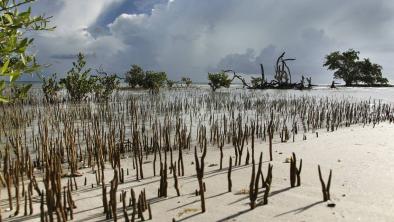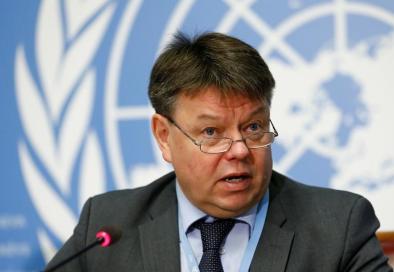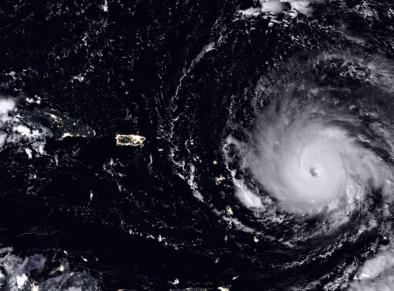Science Source
Influence of Tropical Tropopause Layer Cooling on Atlantic Hurricane Activity
- States that virtually all metrics of Atlantic tropical cyclone activity show substantial increases over the past two decades
- Argues that cooling near the tropical tropopause and the associated decrease in tropical cyclone outflow temperature contributed to the observed increase in tropical cyclone potential intensity over this period
- States that quantitative uncertainties in the magnitude of the cooling are important, but a broad range of observations supports some cooling
- Argues that part of the failure over the past two decades of atmospheric general circulation models (AGCMs) to identify a link between observed sea surface temperatures and sea ice cover, and an increase in Atlantic tropical cyclone metrics is due, in part, to the failure of the AGCMs examined to reproduce the observed cooling of the lower stratosphere and tropical tropopause layer (TTL) over the past few decades
- The authors caution against using sea surface temperature or proxies based on it to make projections of tropical cyclone activity as there can be significant contributions from other variables such as the outflow temperature
- Reviews the proposed mechanisms of TTL cooling (e.g., ozone depletion and stratospheric circulation changes), and the need for improved representations of these processes in global models in order to improve projections of future tropical cyclone activity is emphasized
Related Content
Science Source
| Geophysical Research Letters
Increasing Magnitude of Hurricane Rapid Intensification in the Central and Eastern Tropical Atlantic
Karthik Balaguru, Gregory R. Foltz, L. Ruby Leung
Headline

Apr 19, 2018 | Miami Herald
NASA team finds massive Everglades mangrove damage from Irma. Can it recover?
Headline

Mar 22, 2018 | Reuters
Last three years hottest on record, severe weather hits 2018: U.N.
Headline

Jan 23, 2018 | Nature
Atlantic hurricanes' rapid growth spurts are intensifying


